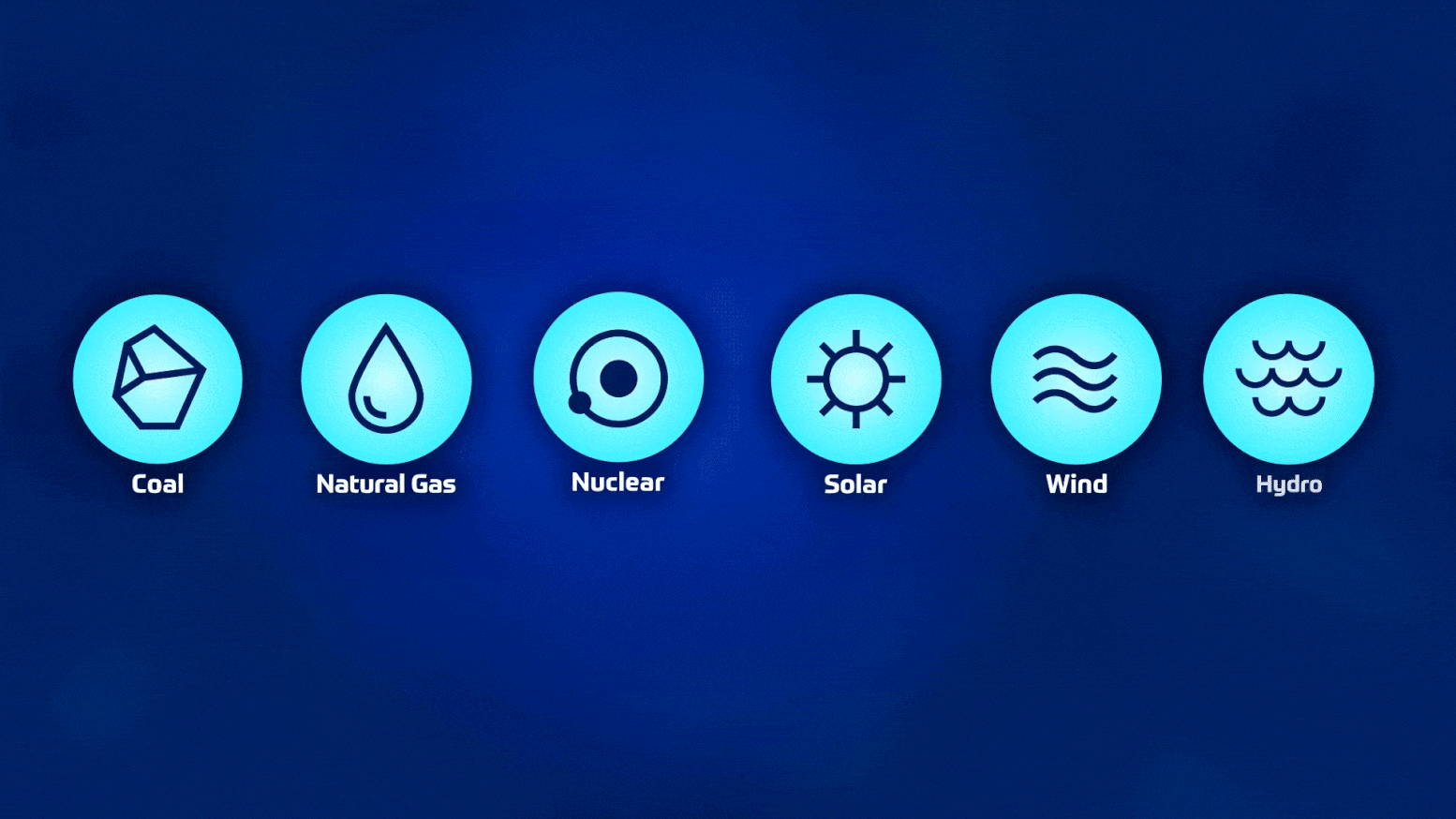Electrify Everything
From electric vehicles to phone chargers, there is a growing movement to “electrify” everything in our daily lives. But where does this electricity come from? Today, the U.S. electric grid is powered by a mix of energy sources, including natural gas, nuclear, solar, wind, coal and hydropower. When you plug in your cell phone or electric vehicle to recharge, these sources provide the power.

A Move to 100% Renewables?
The midstream industry supports our country’s use of renewable energy sources like wind and solar. However, no large-scale grid in the world can run on 100% renewable energy yet. We rely on a mix of energy sources to balance out demand fluctuations each season, each day and even from minute to minute. Removing any current energy sources too quickly would result in unreliable and unaffordable energy. The lower-income population would bear the greatest burden of energy inequality, unable to afford high energy bills, and could get left in the dark.
Germany’s Energy Transition
After spending more than $240 billion on renewable projects for a decade, Germany increased solar and wind energy from 8% to 31% and shut down three nuclear plants. The result: German consumers pay the highest electricity prices in Europe(1). Before Russia invaded Ukraine, Germany received more than 50% of its natural gas imports from Russia, but that resource has now been nearly blocked. The sudden change in energy supply and concerns about reliability and security led German leaders to reopen coal and nuclear energy production plants that had been out of operation. This is an example of why nations need to use a diverse mix of energy resources to provide reliable and affordable energy.
(1) Electricity Prices in Europe – Who pays the most? [2010 – 2021] (strom-report.de)

The Future of Energy
Midstream’s goal is to continue providing affordable and reliable energy to all 332 million Americans, enable energy exports to nations around the globe and ensure no one is left behind. Midstream supports adding new and innovative resources, such as nuclear fusion and hydrogen, to the energy mix. Some call this the “energy addition” since it is more efficient and stable to add resources instead of removing them because energy demand will continue to grow into the future.
Reducing Greenhouse Gases
As our mix of energy sources has changed, emissions of greenhouse gases that impact our environment have dropped [reference]. Over the past three decades, the U.S. cut emissions while simultaneously increasing electric power generation. This was achieved primarily by boosting the use of natural gas. In addition, midstream companies are investing in research to develop and deploy innovative technologies such as carbon capture and removal, advanced monitoring and leak detection.
Source: https://uh.edu/uh-energy/research/ccme/midstream

Chart source: EPA Inventory of U.S. Greenhouse Gas Emissions and Sinks: 1990-2020 (pg 45)
Join the Conversation
Do you have a question or comment about the future of energy? Let’s talk. Follow us on social media to hear an expert respond to your questions.
